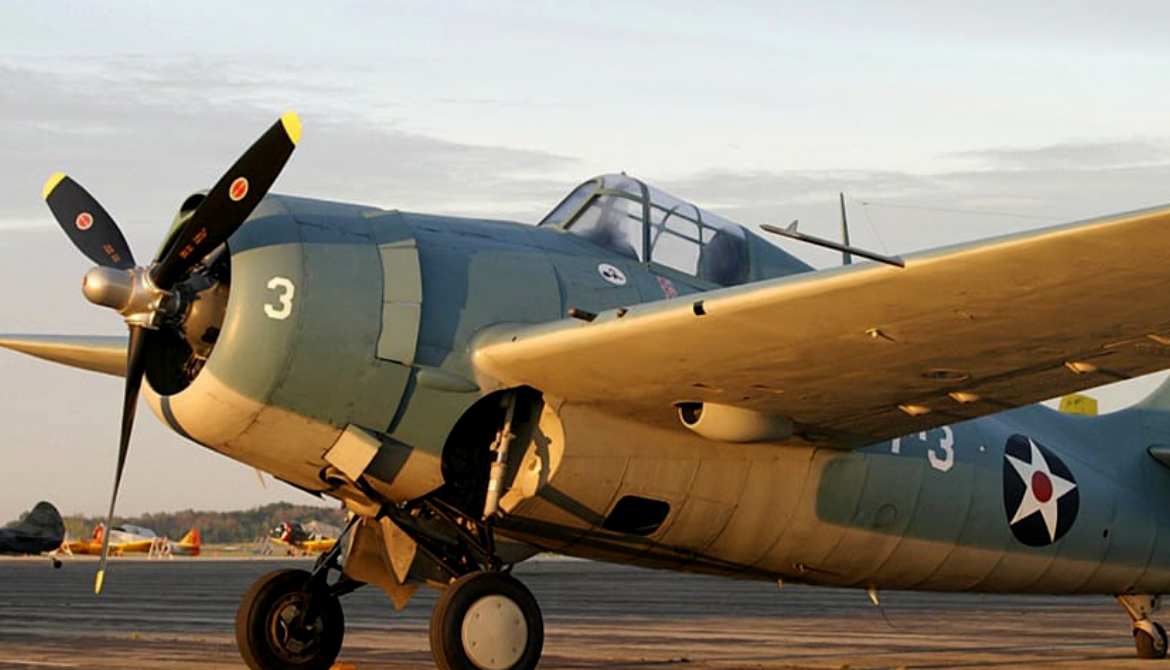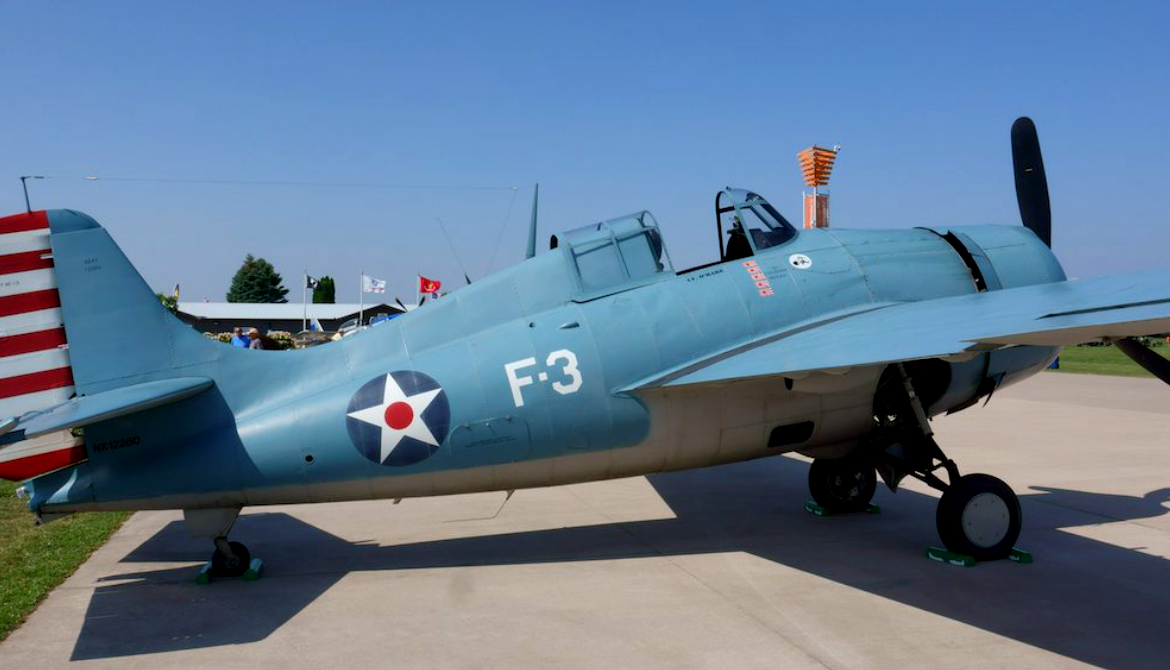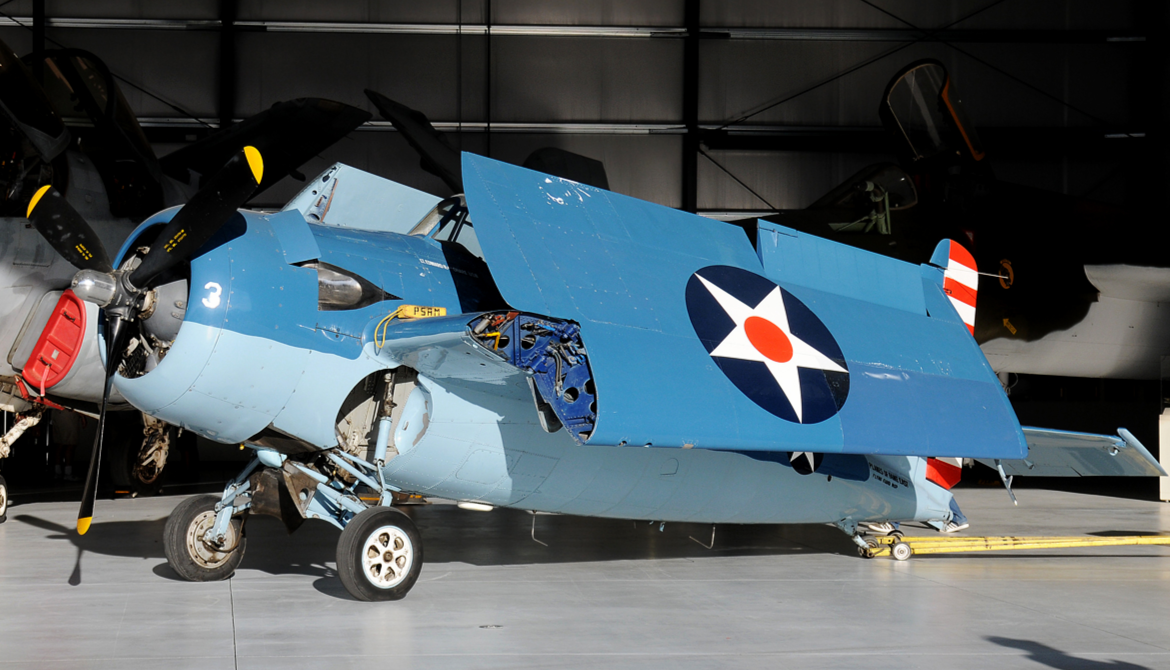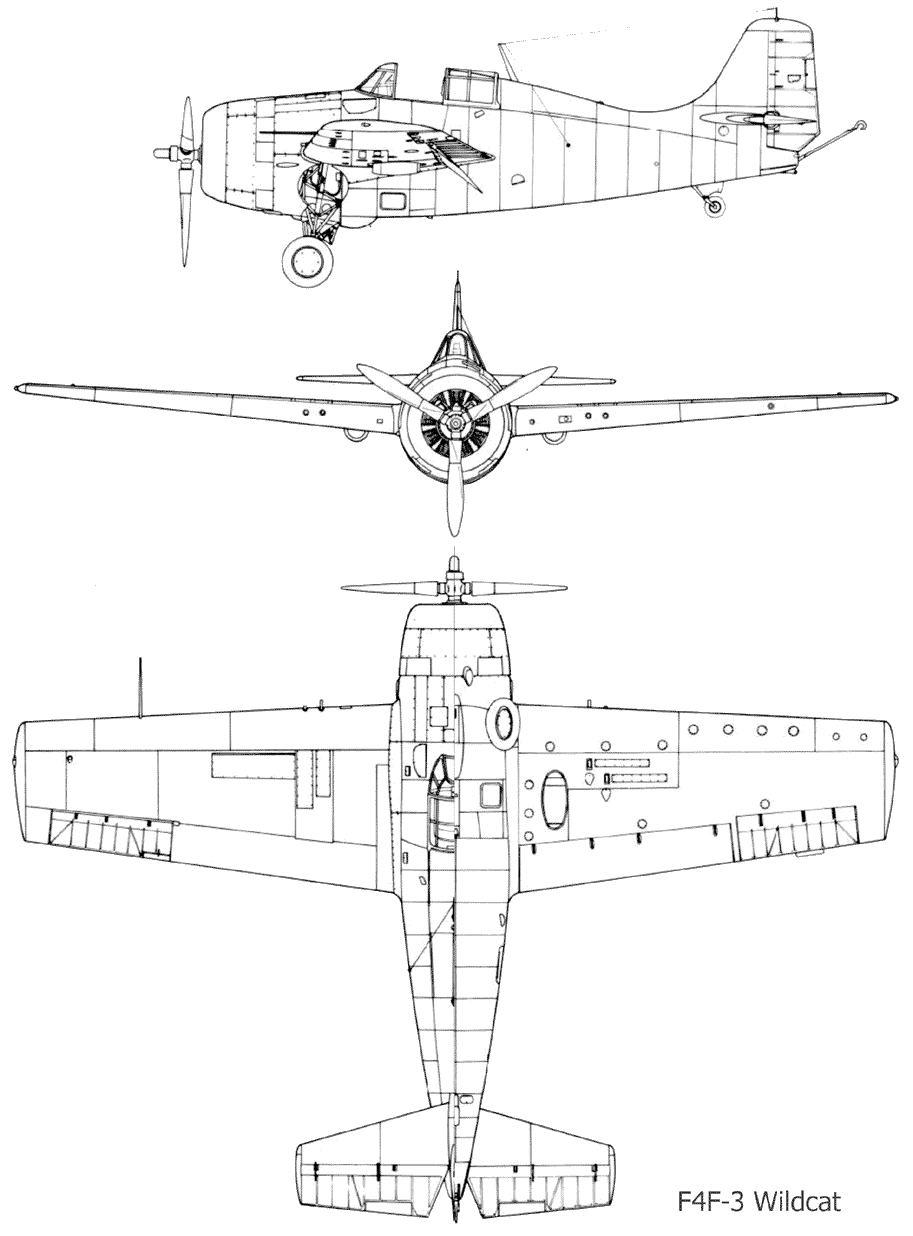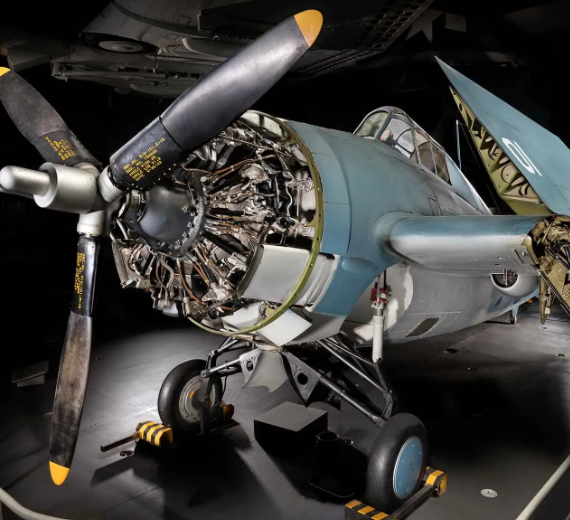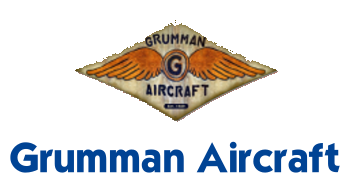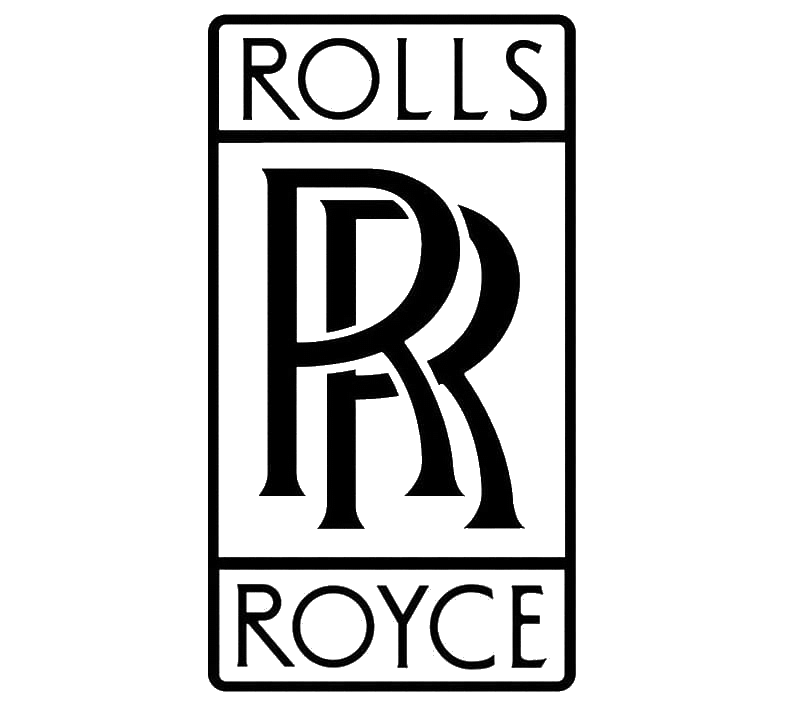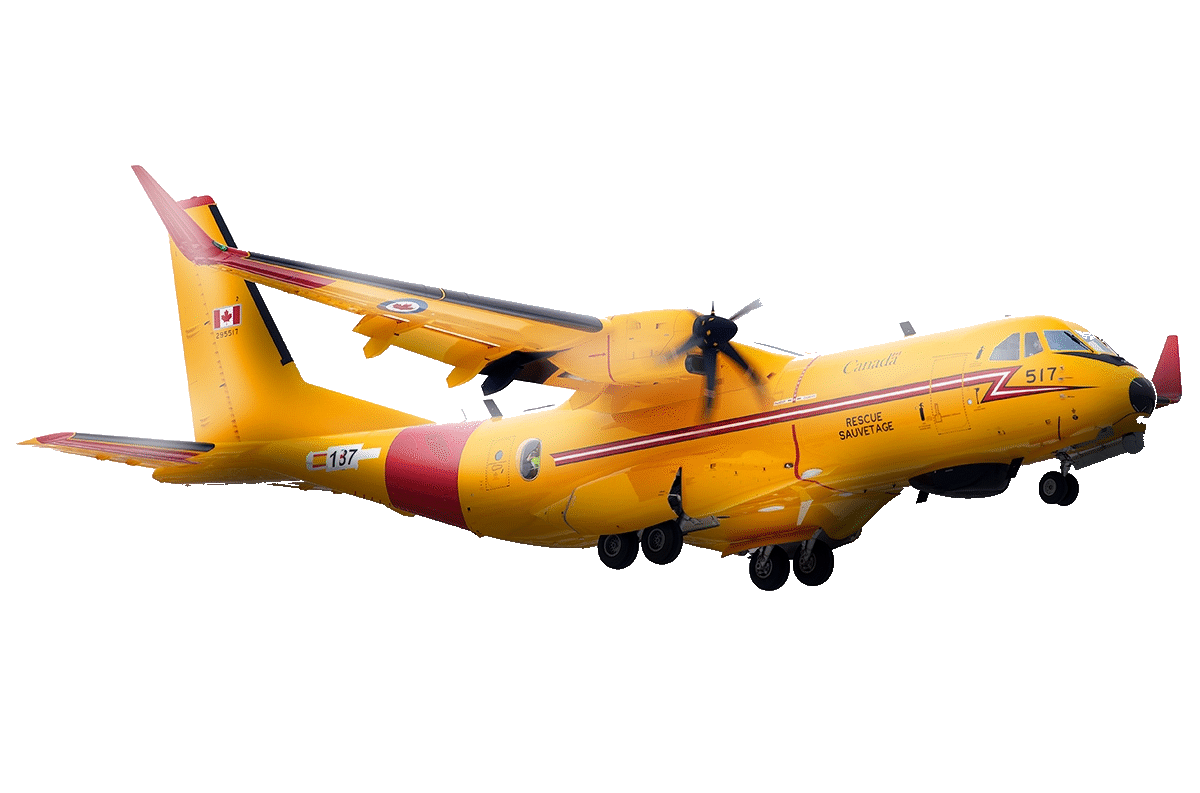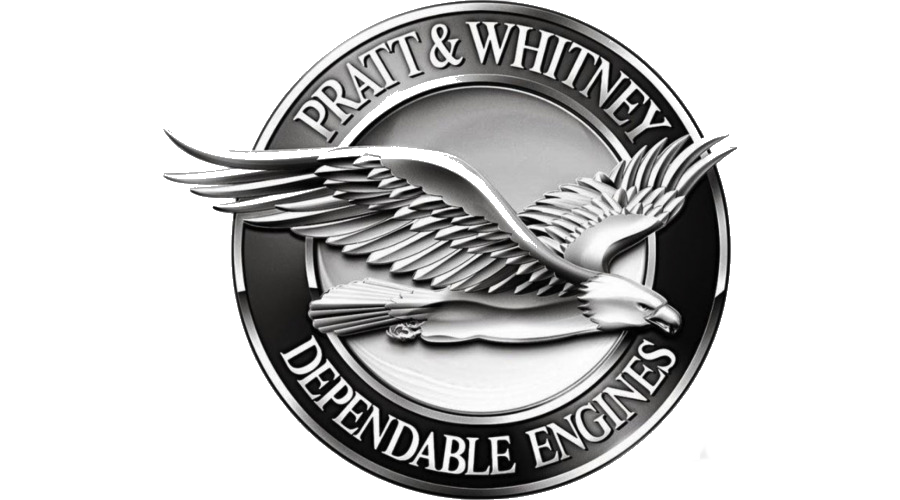Grumman Aerospace Grumman F4F-3 Wildcat
Role Carrier-based fighter aircraft
National origin United States
Manufacturer Grumman
Built by General Motors
First flight 2 September 1937
Introduction December 1940
Retired 1945
Primary users United States Navy
United States Marine Corps
Royal Navy
Royal Canadian Navy
Number built 7,885
.
History Grumm![]() an Aerospace
an Aerospace
Grumman F4F-3 Wildcat
With a top speed of 318 mph (512 km/h), the Wildcat was outperformed by the faster (331 mph (533 km/h)), more maneuverable, and longer-ranged Mitsubishi A6M Zero. US Navy pilots, including John "Jimmy" Thach, a pioneer of fighter tactics to deal with the A6M Zero, were greatly dissatisfied with the Wildcat's inferior performance against the Zero in the battles of the Coral Sea and Midway. The Wildcat has a claimed air combat kill-to-loss ratio of 5.9:1 in 1942 and 6.9:1 for the entire war.
Grumman fighter development began with the two-seat Grumman FF biplane. The FF was the first U.S. naval fighter with a retractable landing gear. The wheels retracted into the fuselage, leaving the tires visibly exposed, flush with the sides of the fuselage. Two single-seat biplane designs followed, the F2F and F3F, which established the general fuselage outlines of what would become the F4F Wildcat. In 1935, while the F3F was still undergoing flight testing, Grumman started work on its next biplane fighter, the G-16. At the time, the U.S. Navy favored a monoplane design, the Brewster F2A-1, ordering production early in 1936. However, an order was also placed for Grumman's G-16 (given the navy designation XF4F-1) as a backup in case the Brewster monoplane proved to be unsatisfactory0
KmTake off Distance
0
KmRange
0
Km/HAircraft Speed
0
Max Crew
Photo Gallery
Grumman F4F-3 Wildcat


Grumman Aerospace Corporation
Grumman F4F-3 Wildcat
General characteristics
- Crew: 1
- Length: 28 ft 9 in (8.76 m)
- Wingspan: 38 ft 0 in (11.58 m)
- Height: 11 ft 10 in (3.61 m)
- Wing area: 260 sq ft (24 m2)
- Airfoil: root: NACA 23015; tip: NACA 23009
-
Powerplant
- Empty weight: 4,907 lb (2,226 kg)
- Gross weight: 7,423 lb (3,367 kg)
- Powerplant: 1 × Pratt & Whitney R-1830-76 14-cylinder air-cooled radial piston engine, 1,200 hp (890 kW)
- Propellers: 3-bladed constant-speed propeller
Specifications
- Maximum speed: 331 mph (533 km/h, 288 kn)
- Range: 845 mi (1,360 km,
- Service ceiling: (12,000 m)
- Rate of climb: (11.70 m/s)
- Wing loading: 28.5 lb/sq ft )
Armament
-
- Guns: 4 × 0.50 in (12.7 mm) AN/M2 Browning machine guns with 450 rounds per gun
- Bombs: 2 × 100 lb (45.4 kg) bombs and/or 2 × 58 US gal (48 imp gal; 220 L) drop tanks
-
-
Links to Youtube & Others
Four U.S. Marine Corps Wildcats played a prominent role in the defense of Wake Island in December 1941. USN and USMC aircraft formed the fleet's primary air defense during the Battle of Coral Sea and the Battle of Midway and land-based Wildcats played a major role during the Guadalcanal Campaign of 1942–43.[ It was not until 1943 that more advanced naval fighters capable of taking on the Zero on more even terms, the Grumman F6F Hellcat and Vought F4U Corsair, reached the South Pacific theater.
Grumman F4F-3 Wildcat
The Grumman F4F Wildcat is an American carrier-based fighter aircraft that entered service in 1940 with the United States Navy, and the British Royal Navy where
Youtube Link
Even before the Wildcat had been purchased by the U.S. Navy, the French Navy and the Royal Navy Fleet Air Arm (FAA) had ordered the Wildcat, with their own configurations, via the Anglo-French Purchasing Board.




